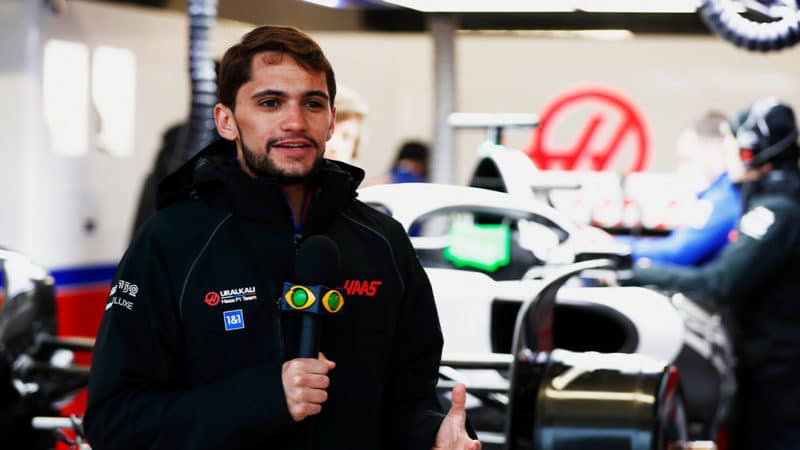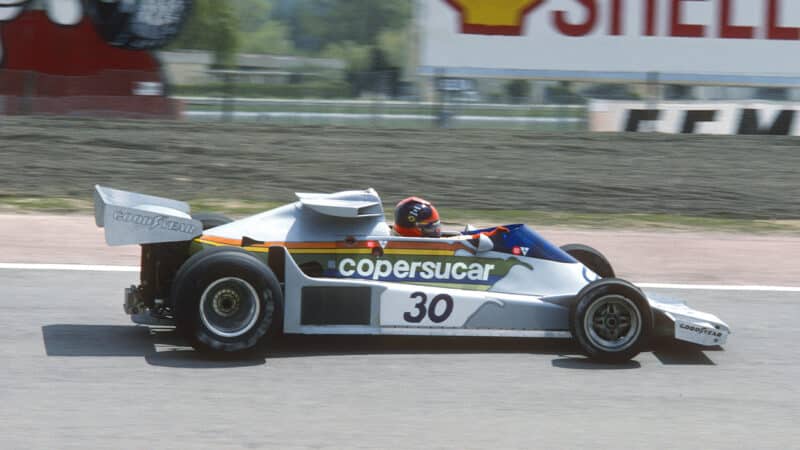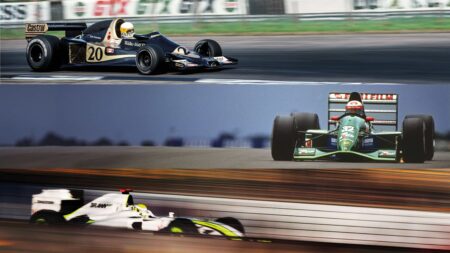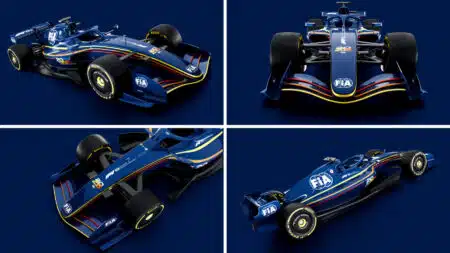“When I joined Haas, the team had already a few seasons under their belt, so a lot of things were already set in stone,” he says.
“Even when we did simulator development work, a lot of the main base principles of the car were already there.
“It’s different now [at Cadillac] because I’m able to give input on things that you think is small, but it actually makes quite a difference, like: what are the ergonomics of the steering wheel? How are the hand placements, the thumb holes, where are the gear shifts, where are the buttons going to be placed?
“Simon gives his input, sometimes we agree, sometimes we don’t, and the same goes with Valtteri and Checo.
“So even small things, just as how the steering wheel layout is going to be, how your hand placement is, how the throttle and brakes feel, how the pedals are going to feel – that gives me a sense of pride as well, because I’m able to assist in the building of an F1 car from the bottom up.”
For an F1 team with so much to do, once the steering wheel’s in the right place, planning on what to do next is mind-boggling.

Pagenaud gets comfortable
As well as developing the car to the new regulations, Fittipaldi has been helping to get the race team up and running – meaning long, long days in the simulator.
“There’s a lot of structure to it,” he says. “The simulator is running five days a week. And if there are race weekends that we’re simulating, we’re basically running almost every day of the week. I’m in it six days this week.
“I’m going to see Checo on the sim today, after this call, see how he’s doing there. I’m in Monday, Wednesday, Thursday for development, then Friday, Saturday, Sunday for the race weekend.
















